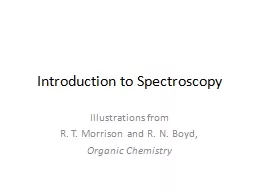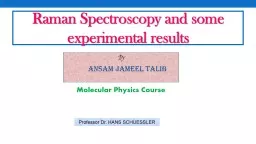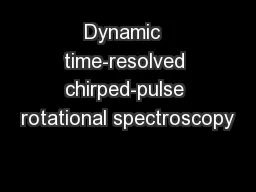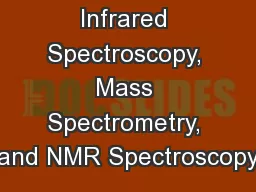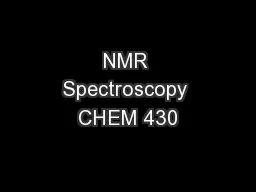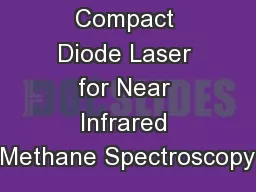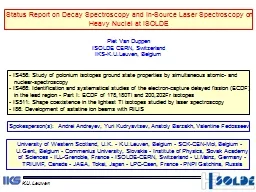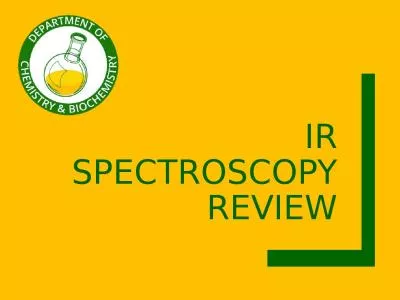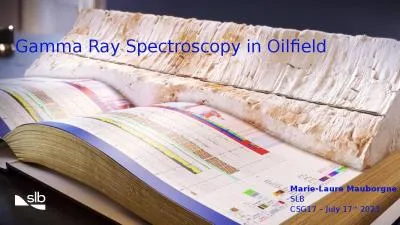PPT-Introduction to Spectroscopy
Author : liane-varnes | Published Date : 2016-07-10
Illustrations from R T Morrison and R N Boyd Organic Chemistry NMR Chemical Shift Chemical Shift measure of local electron density ref ref 10
Presentation Embed Code
Download Presentation
Download Presentation The PPT/PDF document "Introduction to Spectroscopy" is the property of its rightful owner. Permission is granted to download and print the materials on this website for personal, non-commercial use only, and to display it on your personal computer provided you do not modify the materials and that you retain all copyright notices contained in the materials. By downloading content from our website, you accept the terms of this agreement.
Introduction to Spectroscopy: Transcript
Download Rules Of Document
"Introduction to Spectroscopy"The content belongs to its owner. You may download and print it for personal use, without modification, and keep all copyright notices. By downloading, you agree to these terms.
Related Documents

